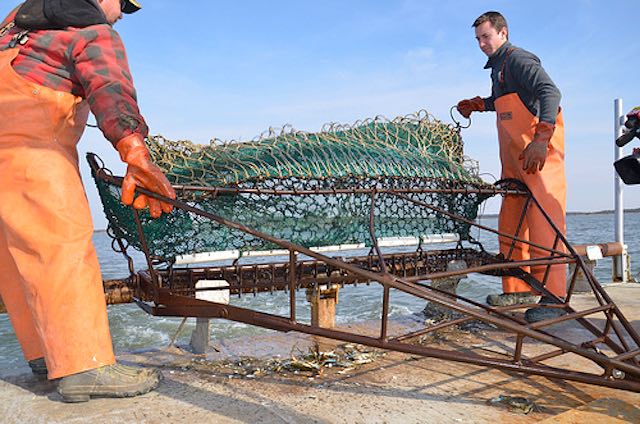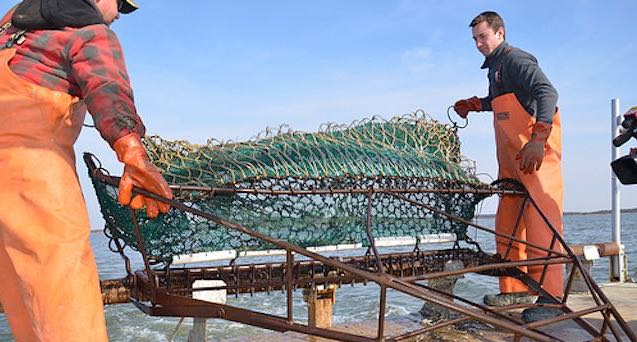
A year of significant expansion in the Chesapeake Bay blue crab population bodes well for a better harvest and lower prices for consumers this year.
The Maryland Department of Natural Resources released its 2016 winter survey this week, which indicates a bay-wide crab population of 553 million, a 35-percent increase over last year.
This is the fourth highest level in two decades, and builds on last year’s 38-percent boost in abundance.
“Due to a milder winter, favorable currents and tides, and wise bay-wide management measures, the Maryland crab population continues to rebound and strengthen,” Fisheries Service Director Dave Blazer said. “With an increase in abundance and steady recruitment, we fully anticipate a robust crab season this year.”
Improvements were seen in all age groups of male and female crabs. The spawning female stock nearly doubled from 101 to 194 million and the adult male stock more than doubled from 44 to 91 million – the second highest levels since 1995.
The number of spawning-age female crabs remains below the 215 million target but above the minimum threshold established in 2011. The juvenile crab abundance increased slightly from 269 million to 271 million, which is just above the 27-year average.
CHECK OUT: Monarch Butterfly Population More Than Triples Over Last Year
“The highly variable nature of the blue crab population means that we must maintain a degree of caution in considering management adjustments,” Chesapeake Bay Stock Assessment Committee Chairman Glenn Davis said.
RELATED: States Sign Regional Pact to Restore Chesapeake Bay
The 2015 bay-wide crab harvest increased by 42 percent over 2014 to 50 million pounds and remained at sustainable levels for the eighth consecutive year. This combined with increased abundance means that a slight liberalization of harvest limits for female crabs may be warranted this summer.
The annual Winter Dredge Survey, conducted by the Maryland Department of Natural Resources and Virginia Institute of Marine Science since 1990, is the primary assessment of the Chesapeake Bay’s blue crab population. In the survey, biologists use dredge equipment to capture, measure, record and release blue crabs at 1,500 sites throughout the bay from December through March. Crabs tend to bury in the mud over the cold winter months, which makes it possible for scientists to develop accurate estimates of the number of crabs. SHARE the News…




















